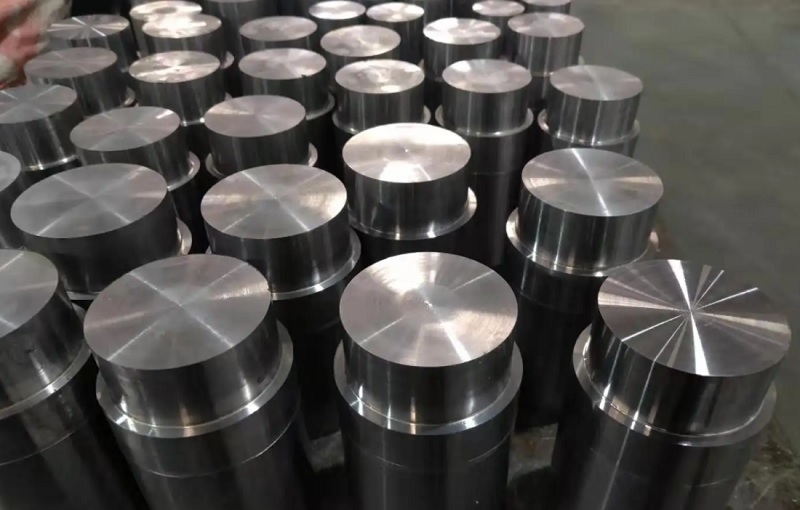
From the late 1930s, Britain, Germany, the United States and other countries began to study the superalloy. During the Second World War, in order to meet the needs of new aero-engines, the research and use of superalloy entered a period of vigorous development. In the early 1940s, Britain first added a small amount of aluminum and titanium to 80Ni-20Cr alloy to form γ phase for strengthening, and developed the first nickel-based alloy with higher high temperature strength. At the same time, in order to adapt to the development of turbochargers for piston aero-engines, the United States began to make blades with Vitallium cobalt-based alloy.
Inconel, a nickel-base alloy, was also developed in the United States to make combustion chambers for jet engines. Later, IN order to further improve the high temperature strength of the alloy, metallurgists added tungsten, molybdenum, cobalt and other elements to the nickel-based alloy to increase the content of aluminum and titanium, and developed a series of grades of alloys, such as the British "Nimonic", the American "Mar-M" and "IN", etc. A variety of superalloys, such as X-45, HA-188, FSX-414 and so on, have been developed by adding nickel, tungsten and other elements to cobalt-based alloys. Due to the lack of cobalt resources, the development of cobalt-based superalloys is limited.
In the 1940s, iron-based superalloys were also developed. In the 1950s, A-286 and Incolo 901 were produced. However, due to poor high-temperature stability, they developed slowly from the 1960s. The Soviet Union started producing "И" grade nickel based superalloys around 1950, and later produced "ЭП" series deformed superalloys and "ЖС" series cast superalloys. China began to trial-produce superalloys in 1956, and gradually formed "GH" series of deformed superalloys and "K" series of cast superalloys. In the 1970s, the United States also used new production techniques to manufacture directional crystalline blades and powder metallurgy turbine discs, and developed superalloy components such as single crystal blades to meet the needs of increasing inlet temperature of aero-engine turbines.
